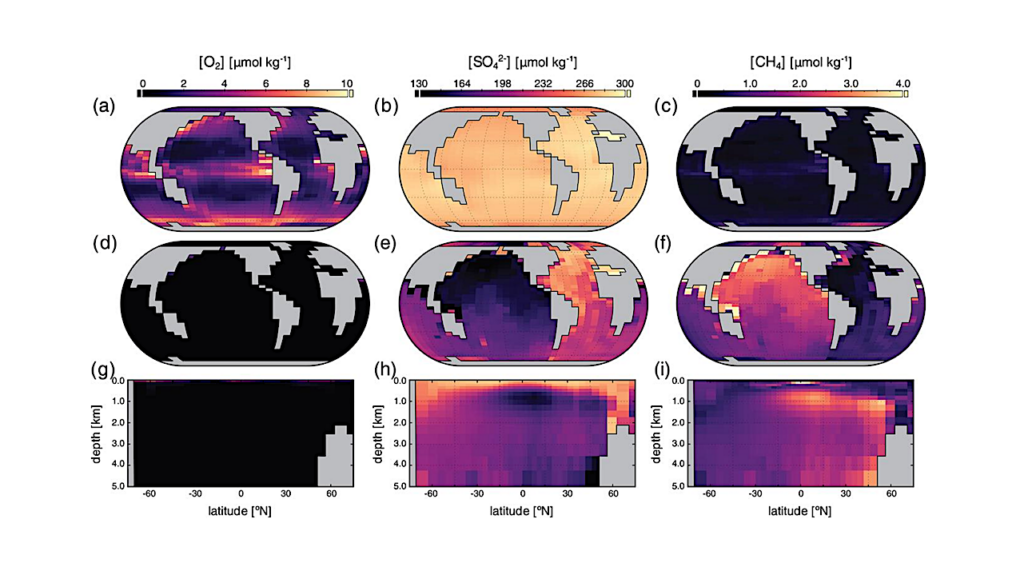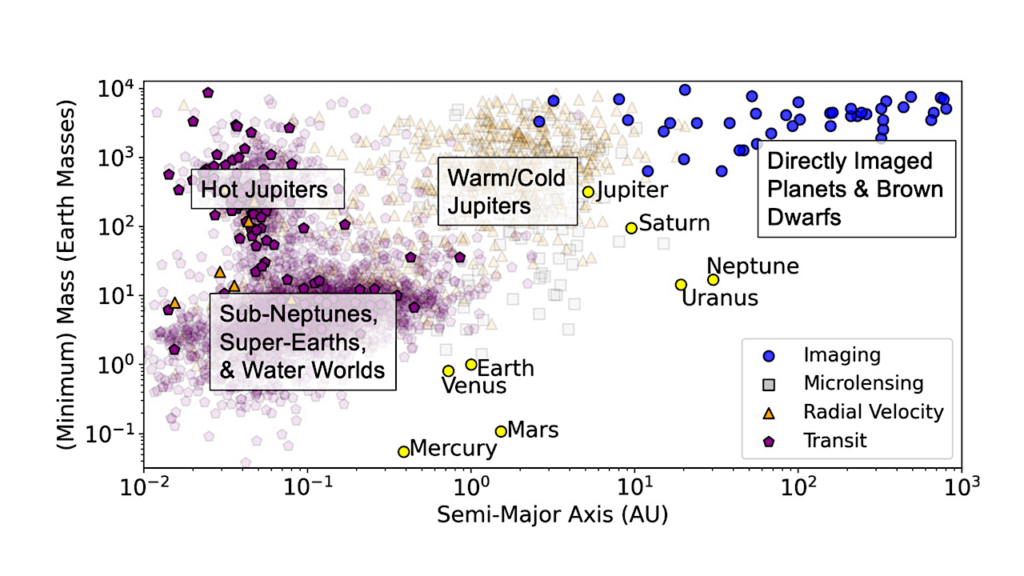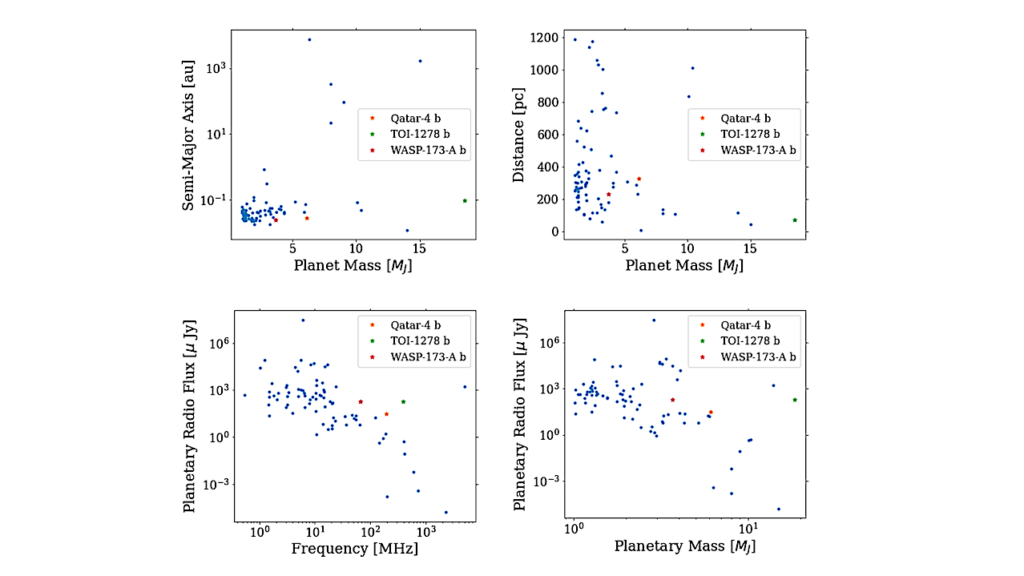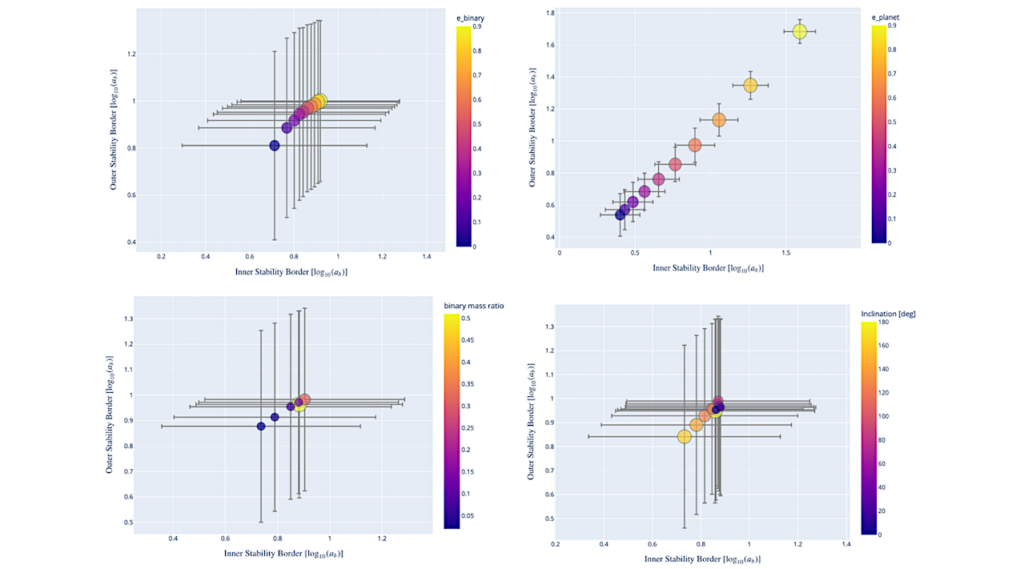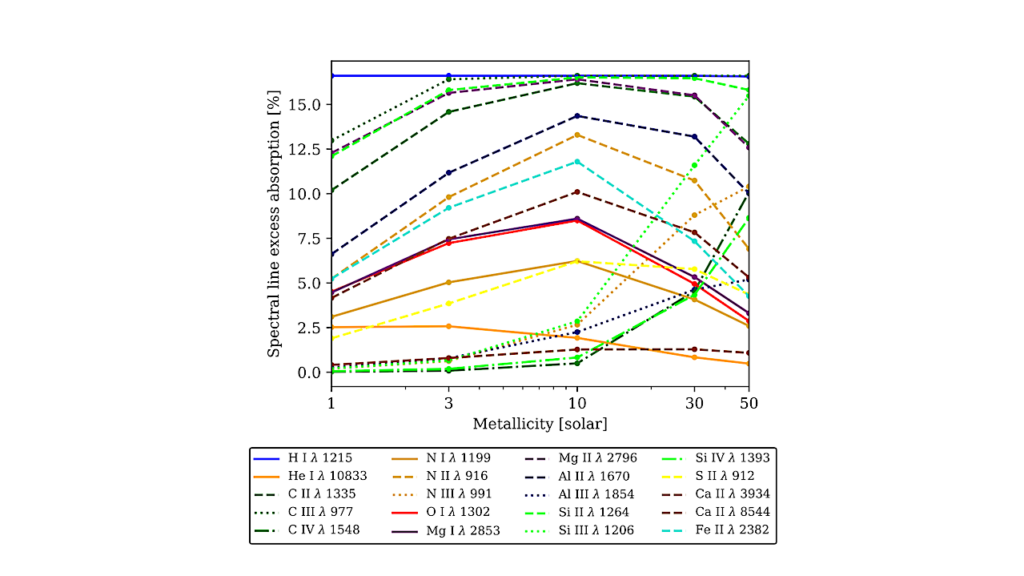Interpreting The Atmospheric Composition Of Exoplanets: Sensitivity To Planet Formation Assumptions

Constraining planet formation based on the atmospheric composition of exoplanets is a fundamental goal of the exoplanet community. Existing studies commonly try to constrain atmospheric abundances, or to analyze what abundance patterns a given description of planet formation predicts.
However, there is also a pressing need to develop methodologies that investigate how to transform atmospheric compositions into planetary formation inferences. In this study we summarize the complexities and uncertainties of state-of-the-art planet formation models and how they influence planetary atmospheric compositions. We introduce a methodology that explores the effect of different formation model assumptions when interpreting atmospheric compositions. We apply this framework to the directly imaged planet HR 8799e. Based on its atmospheric composition, this planet may have migrated significantly during its formation. We show that including the chemical evolution of the protoplanetary disk leads to a reduced need for migration.
Moreover, we find that pebble accretion can reproduce the planet’s composition, but some of our tested setups lead to too low atmospheric metallicities, even when considering that evaporating pebbles may enrich the disk gas. We conclude that the definitive inversion from atmospheric abundances to planet formation for a given planet may be challenging, but a qualitative understanding of the effects of different formation models is possible, opening up pathways for new investigations.
Paul Mollière, Tamara Molyarova, Bertram Bitsch, Thomas Henning, Aaron Schneider, Laura Kreidberg, Christian Eistrup, Remo Burn, Evert Nasedkin, Dmitry Semenov, Christoph Mordasini, Martin Schlecker, Kamber R. Schwarz, Sylvestre Lacour, Mathias Nowak, Matthäus Schulik
Comments: Accepted for publication in ApJ, base formation inversion code is available at: this https URL
Subjects: Earth and Planetary Astrophysics (astro-ph.EP)
Cite as: arXiv:2204.13714 [astro-ph.EP] (or arXiv:2204.13714v1 [astro-ph.EP] for this version)
https://doi.org/10.48550/arXiv.2204.13714
Submission history
From: Paul Mollière
[v1] Thu, 28 Apr 2022 18:00:02 UTC (3,362 KB)
https://arxiv.org/abs/2204.13714
Astrobiology,



